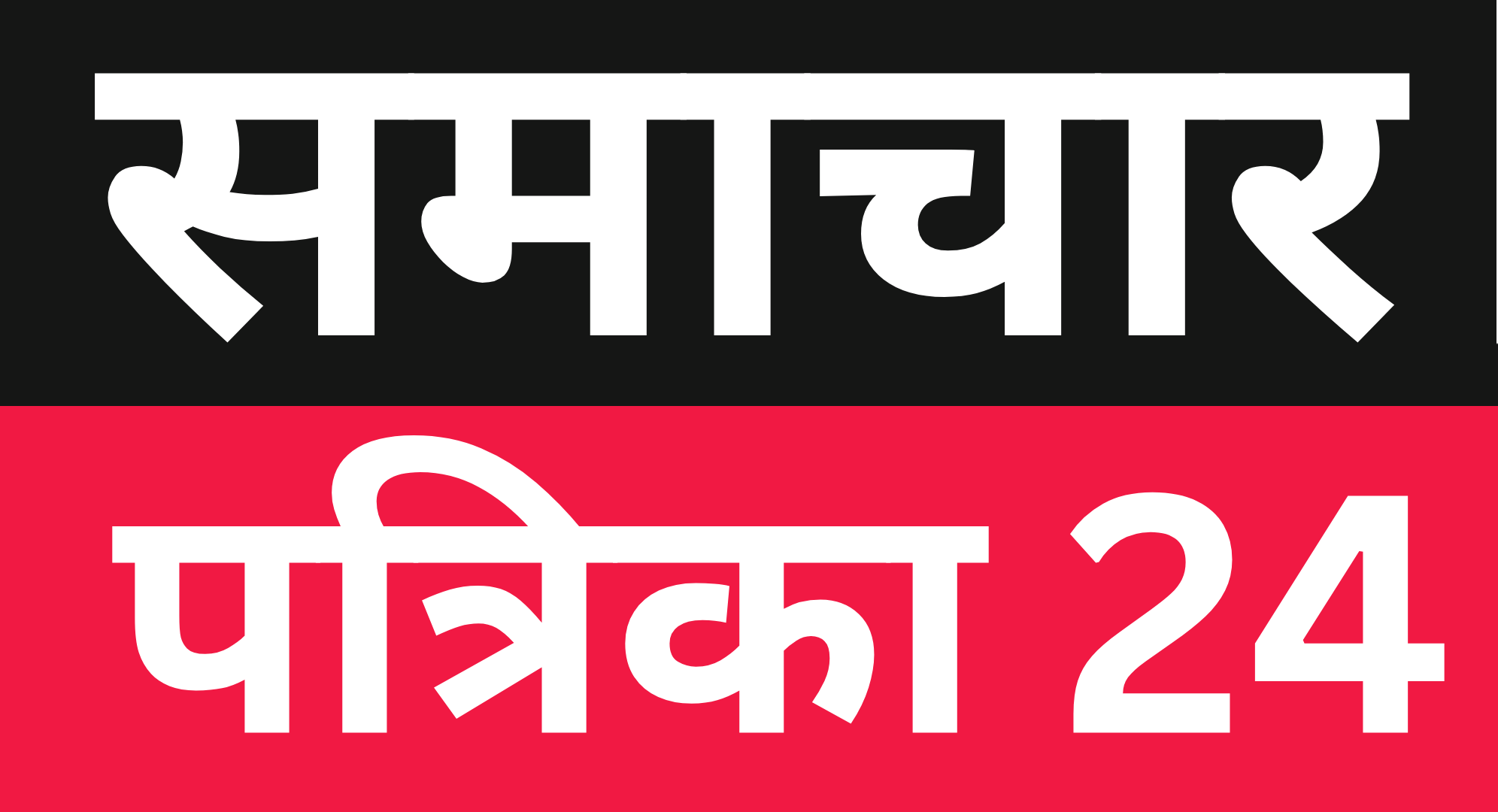Introduction: What is the Digital Agriculture Mission?
The Digital Agriculture Mission (DAM) is a strategic initiative launched by the Government of India to transform the country’s agricultural landscape through the integration of advanced digital technologies. With the vision of creating a smart, sustainable, and data-driven agricultural ecosystem, DAM aims to enhance productivity, empower farmers, and ensure long-term food security.

Why Digital Agriculture Matters
The traditional agricultural practices in India are often constrained by unpredictable weather patterns, fragmented landholdings, and limited access to modern tools. By embracing digital farming, India can:
- Optimize resource usage (water, fertilizers, seeds)
- Improve crop yield and quality
- Facilitate real-time decision-making
- Reduce post-harvest losses
- Enable market access through digital platforms
Key Objectives of the Digital Agriculture Mission
- Data Integration: Establishing a federated database for farmers linked to their land records and digital IDs like Aadhaar.
- Technology Deployment: Promoting use of AI, drones, IoT, blockchain, and GIS in agriculture.
- Smart Advisory Services: Providing weather forecasts, pest alerts, and personalized crop advice via mobile apps and SMS.
- Digital Infrastructure: Strengthening internet connectivity and mobile access in rural areas.
- Capacity Building: Training farmers and agri-stakeholders on using digital tools efficiently.
Core Technologies Powering Digital Agriculture
1. Artificial Intelligence (AI)
AI helps predict weather patterns, detect crop diseases, and optimize farming techniques using historical data and real-time insights.
2. Internet of Things (IoT)
IoT devices like soil sensors, smart irrigation systems, and GPS trackers help farmers monitor crop health, soil moisture, and water usage.
3. Drones & Remote Sensing
Drones are used for crop spraying, aerial surveillance, and land mapping—making precision farming a reality.
4. Blockchain Technology
Blockchain ensures traceability in the food supply chain and enables transparent transactions between farmers and buyers.
5. Mobile Applications
Government apps like Kisan Suvidha, PM-KISAN, and private platforms provide access to vital information, financial assistance, and market prices.

Benefits of the Digital Agriculture Mission
- Increased Productivity: Data-driven decisions lead to higher and more consistent yields.
- Efficient Resource Use: Smart irrigation and soil monitoring conserve water and fertilizers.
- Empowered Farmers: Access to accurate data enables better planning and reduces dependency on middlemen.
- Better Market Access: Online marketplaces and eNAM (National Agriculture Market) connect farmers to national and global buyers.
- Sustainability: Encourages eco-friendly practices and climate-resilient farming.
Government & Private Sector Collaboration
Under the DAM, the Ministry of Agriculture collaborates with private tech companies, startups, and research institutions to develop scalable, field-tested solutions. Key partners include Microsoft, Amazon Web Services (AWS), Esri India, and several agri-tech startups like DeHaat, Ninjacart, and CropIn.
ALSO READ:
https://samacharpatrika24.com/shakti-dubey-upsc-air-1/
Challenges to Address
While the Digital Agriculture Mission is ambitious, it must overcome several challenges:
- Digital literacy among rural farmers
- Internet and mobile connectivity in remote areas
- Data privacy and ethical use of farm data
- Affordability of digital tools for smallholders
The Road Ahead
The success of the Digital Agriculture Mission hinges on a holistic, inclusive, and farmer-centric approach. With proper policy support, investment, and training, India has the potential to lead the world in agricultural innovation and smart farming.
Conclusion
The Digital Agriculture Mission represents a paradigm shift in the way India cultivates, manages, and consumes agricultural products. It is not just a technological upgrade but a movement toward sustainable prosperity for millions of Indian farmers. As technology and agriculture converge, the future of farming in India looks more connected, productive, and resilient.








